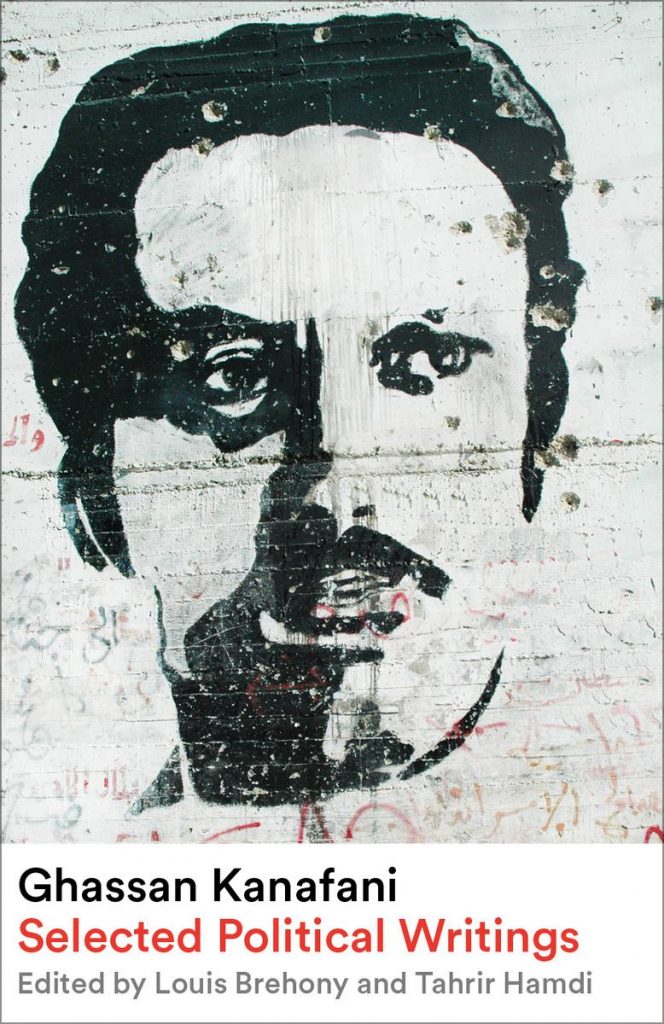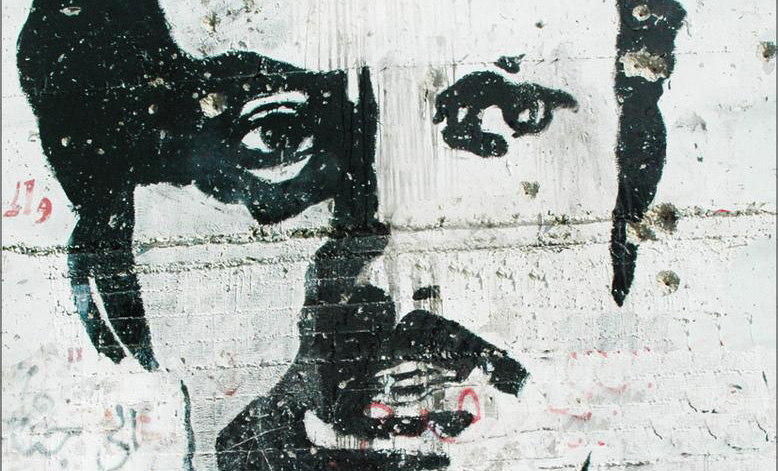- Ghassan Kanafani: Selected Political Writings, Louis Brehony and Tahrir Hamdi (eds), Pluto Press 2024, 308pp, £18.99 pbk

In the book Ghassan Kanafani: Selected Political Writings, editors Louis Brehony and Tahrir Hamdi present a collection of Ghassan Kanafani’s political texts, which have often been overshadowed by his renowned novels. Kanafani’s life and revolutionary spirit are immortalised in his writings, making them not only compelling reads but powerful tools of resistance. In the context of an ongoing genocide, in which expressions of solidarity with the Palestinian armed resistance is criminalised as support for ‘terrorism’ by the pro-Zionist British government, it is vital to recover the ideas of Kanafani to build a strong movement in unconditional support with the Palestinian people against Zionism and imperialism. That is why this book is vitally important for socialists and communists in Britain.
Kanafani’s background
Chapter 1 begins with a rare interview with Kanafani describing his early life. Born in 1936 into a middle-class family in Acre, occupied Palestine, Kanafani’s life changed drastically in 1948 when, like thousands of Palestinians, his family was forced to flee during the Nakba, becoming refugees in Syria. Kanafani’s experiences as a young refugee profoundly shaped both his politics and his writing.
At the age of 14 he joined the Arab Nationalist Movement (ANM) after meeting George Habash, a founding member of the ANM and the Popular Front for the Liberation of Palestine (PFLP). The politics of the ANM were anti-imperialist, anti-colonialist and against reactionary Arab governments. Particularly, older members of the ANM were initially wary of socialism due to the failures of Arab communist parties rather than opposition to socialism itself, but the ANM realised that it could not succeed in the war against imperialism if it didn’t position the movement within the class struggle:
‘Anti-imperialism gives impetus to socialism if it does not stop fighting in the middle of the battle and if it does not come to an agreement with imperialism’ (p28).
In 1967, the PFLP emerged as the Palestinian branch of the ANM, adopting Marxism-Leninism and signalling a clear departure from Nasserism and reactionary Arab regimes. Led by George Habash, the PFLP was deeply influenced by revolutionary struggles in China, Vietnam, and Cuba, which also shaped Kanafani’s own political development.
Within the PFLP, Kanafani played a key role in shaping the organisation’s ideological direction. He became editor-in-chief of the organisation’s newspaper al-Hadaf and was a member of the Central Information Committee. His writings, particularly the 1969 document Strategy for the Liberation of Palestine, which he co-authored, applied a class analysis to the forces shaping the Palestinian struggle. In the book’s introduction to this document, Khaled Barakat, member of Masar Badil, the Palestinian Alternative Revolutionary Path Movement, highlights key historical developments, including the Madrid/Oslo accords and the creation of the Palestinian Authority, which Barakat calls ‘a dagger in the back of the Palestinian resistance’ (p93). This document laid out the central tenets of the movement’s strategy, identifying the enemies of Palestinian liberation: Zionism, Arab reaction, the Palestinian bourgeoisie and, above all, world imperialism. Kanafani argued that the road to liberation demanded not only armed struggle but also a scientific understanding of the forces against Palestinian liberation.
Liberation means self-determination
In Chapter 4, Louis Brehony explains that for Kanafani, the revolution aimed at more than just the creation of a Palestinian state; it was about transforming both Palestinian society and its people. Drawing inspiration from Che Guevara, Kanafani believed that revolutionary struggle would forge a new Palestinian identity through resistance. ‘The demand for “land” in my view, should be accompanied by demand to create new relationships among Palestinians, as well as between them and Arab States’ (p57). Kanafani was deeply critical of Arab states, like Egypt and Jordan, which had betrayed the Palestinian people by collaborating with Zionism and imperialism.
Through high-profile operations, such as the Dawson’s Field plane hijackings, the PFLP sought to capture global attention and defend the Palestinian right to struggle for national liberation (p177). Kanafani saw these actions as crucial to raising the morale of the Palestinian people, humanising their cause, and demanding recognition of their rights. As he asserted, ‘to us, to liberate our country, to have dignity, to have respect, to have our mere human rights, is something as essential as life itself’ (p198). He believed Palestinians must determine their own destiny, building new relationships within their own society and with the Arab world. His analysis also highlighted the central role of workers and peasants in the Palestinian revolution, viewing these classes as the foundation of the struggle. For Kanafani, the material conditions of these groups – their daily confrontation with poverty and misery – drove them to fight because their circumstances left little difference between life and death.
Kanafani’s call for the unity of the armed struggle is based on an inclusivity of Palestinian resistance groups (p270). Kanafani believed that a strong, disciplined political organisation was crucial for mobilising the people to engage in armed struggle for national liberation. For him, unity in the armed struggle was not about loyalty to any single faction, but about building a united national front with the ultimate goal of liberation from colonial oppression.
His legacy and the wider struggle
On 8 July 1972, while living in Beirut, Ghassan Kanafani was murdered by an Israeli car bomb attack along with his 17-year-old niece Lamees. In the obituary in the Lebanese Daily Star, he was ‘a commando who never fired a gun, whose weapon was a ball-point pen, and his arena the newspaper pages’. His death could not silence the revolutionary impact and legacy he left behind. His literature, which he called ‘resistance literature’, became a cornerstone of the Palestinian struggle against Zionist settler colonialism. His vision extended beyond Palestine, emphasising the interconnectedness of global liberation movements and the necessity of a united front against imperialism. Kanafani’s works are infused with a relentless hope and revolutionary zeal – for Ghassan, ‘words were bullets’ (p9).
Ameera Mahmoud
Get your copy of Ghassan Kanafani: Selected Political Writings at a discount from your local RCG branch.
FIGHT RACISM! FIGHT IMPERIALISM! 302 October/November 2024




